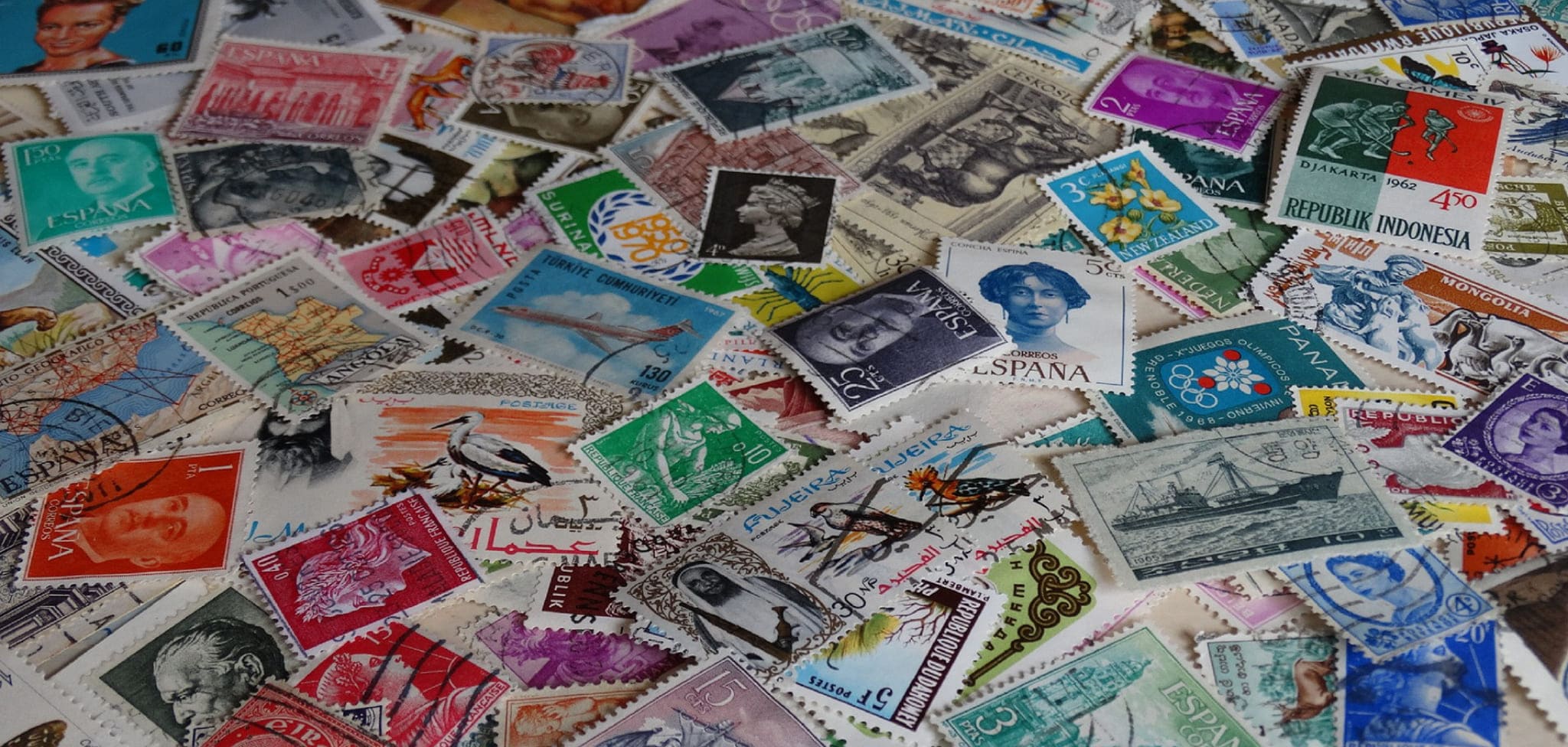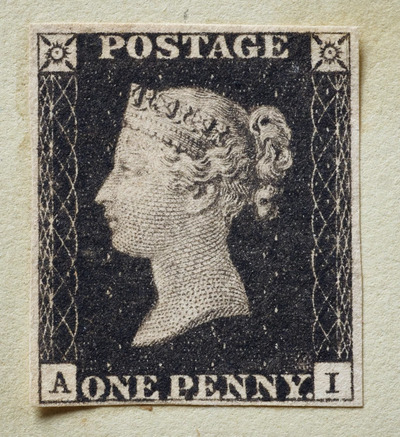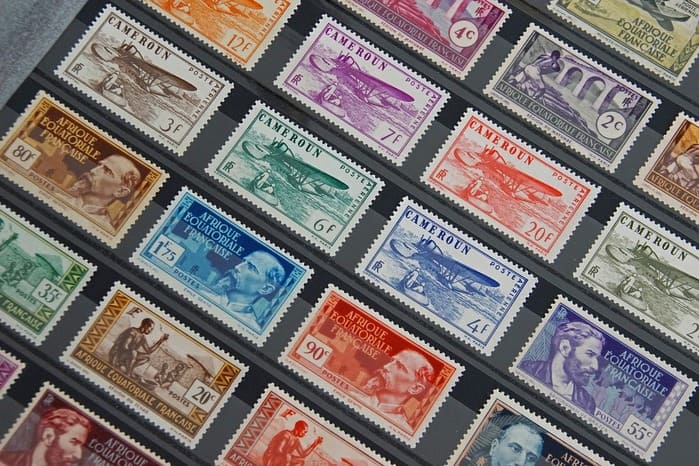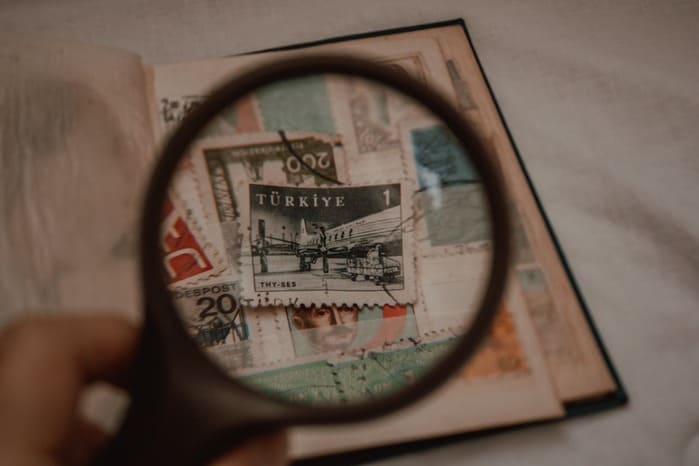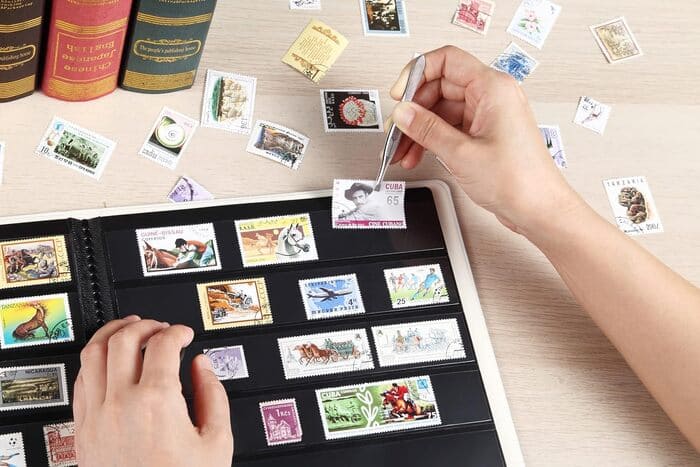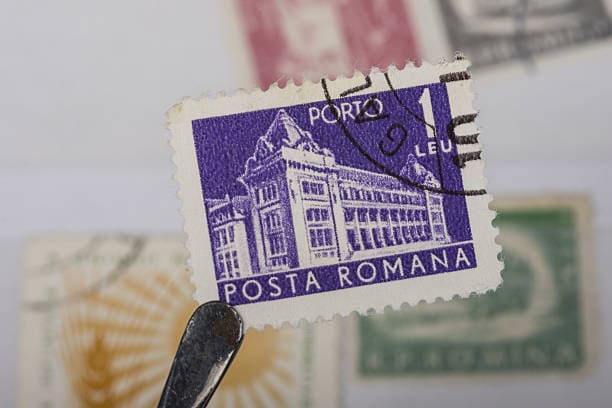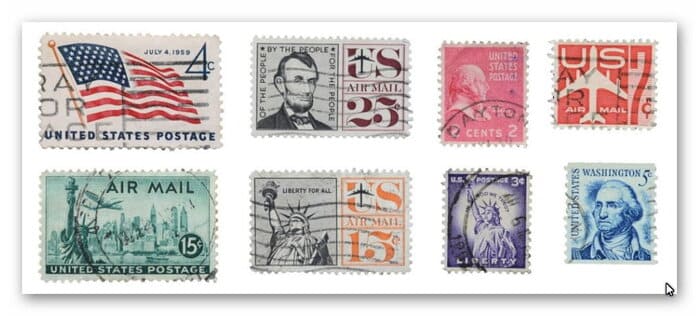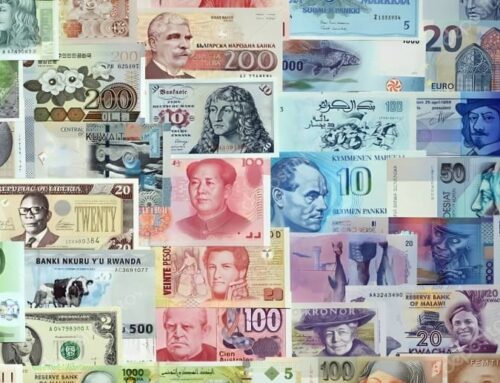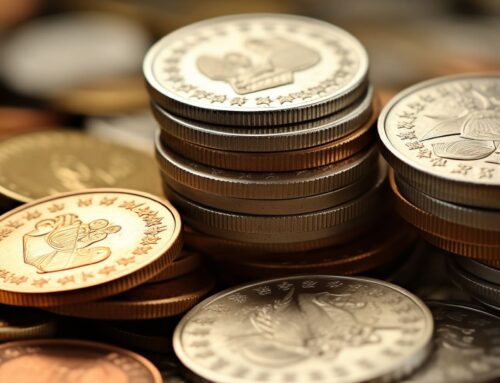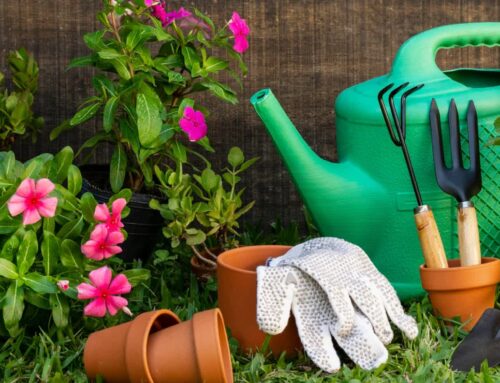The Stamp Collecting: A Comprehensive Guide
Stamp collecting is a fascinating hobby that has been enjoyed by people all over the world for over a century. Whether you’re a seasoned collector or a newcomer to the world of philately, there are always new stamps to discover, stories to uncover, and connections to be made with fellow enthusiasts.
At its core, stamp collecting is the accumulation of postage stamps and related objects, such as covers, postmarks, and postal stationery. However, the hobby can encompass much more than just the physical objects themselves. Stamp collectors often delve into the history and culture behind the stamps they collect, researching the stories of the people, places, and events depicted on them. In this way, stamp collecting can be a gateway to learning about the world and its many diverse cultures.
Origins of Philately
If you are interested in stamp collecting, you may have wondered about the origins of philately. Philately is the study of postage stamps, and it is a hobby enjoyed by millions of people around the world. In this section, we will explore the early history of postage and the first issuance of stamps.
Early Postal History
Before the invention of postage stamps, sending mail was a complicated and expensive process. The sender had to pay for the delivery of the letter, and the cost was based on the distance it had to travel. The recipient had to pay for the letter upon delivery, which often led to disputes and delays.
In 1837, Sir Rowland Hill, a British educator and reformer, proposed a new system of prepayment. He suggested that a uniform rate be charged for all letters, regardless of distance, and that the sender pay for the postage in advance. This would eliminate the need for the recipient to pay, and it would make the process of sending mail much simpler.
First Stamp Issuance
The first postage stamp was issued by Great Britain in 1840, and it was called the Penny Black. It featured a portrait of Queen Victoria and was printed in black ink. The stamp was designed by Rowland Hill, and it was an instant success. People quickly adopted the new system of prepayment, and the Penny Black became a symbol of the modern era.
Stamp collecting became popular soon after the issuance of the Penny Black. The first philatelist is considered to be a postmaster going by the name Mansen, who lived in Paris, and in 1855 had sold his collection, which contained almost all the postage stamps issued by that time.
Stamp collecting quickly gained popularity, spreading across different countries and continents. It became a way for people to connect with the world and learn about different cultures. Stamp albums became treasured possessions, filled with colorful stamps that depicted historical events, famous personalities, and iconic landmarks.
Over the years, stamp collecting has evolved into more than just a hobby. It has become a way to preserve history and celebrate the achievements of nations. Stamps are often used as educational tools, showcasing important moments in history and promoting cultural diversity. Stamp exhibitions and events attract thousands of collectors and enthusiasts from around the globe, creating a sense of community among philatelists.
Philatelic Societies
As stamp collecting grew in popularity, so did the number of organizations dedicated to the hobby. Philatelic societies were formed in many countries, providing collectors with a way to connect with others who shared their passion. These societies often published newsletters or journals, held meetings and conventions, and organized stamp shows and exhibitions.
One of the most well-known philatelic societies is the American Philatelic Society, which was founded in 1886 and is now the largest nonprofit stamp collecting organization in the world. The society has over 28,000 members and offers a wide range of services, including a library, research center, and online resources.
Cataloging and Classification
The late 19th century saw the development of cataloging and classification systems for stamps. These systems helped collectors organize and identify their collections. The first catalog of stamps, the Stanley Gibbons Catalog, was published in 1865 and is still used today.
Notable Collectors
Over the years, many famous people have been avid stamp collectors. One of the most well-known collectors was King George V of England, who had an extensive collection of stamps from around the world. Other notable collectors include President Franklin D. Roosevelt, who was a member of the American Philatelic Society, and John Lennon, who was known to collect stamps as a child.
In addition to these famous collectors, there are many ordinary people who enjoy stamp collecting as a hobby. Whether you are a serious collector or just enjoy collecting stamps for fun, there is a wealth of information and resources available to help you learn more about this fascinating hobby.
Cultural Impact of Stamp Collecting
Stamp collecting has had a significant cultural impact on society, touching on various aspects of our heritage, communication, and art. In this section, we will explore the influence of stamp collecting on art and design and its educational value.
Influence on Art and Design
Stamp collecting has influenced art and design in many ways. The intricate designs and colorful imagery of stamps have inspired artists and designers to create works of art. The use of stamps as a design element has become more common in recent years, with stamps being used in various products such as clothing, accessories, and home decor.
Moreover, stamps have become powerful symbols of identity, emotion, and shared memory. They have been used to commemorate significant events, celebrate cultural heritage, and honor notable figures. For example, many countries issue stamps to commemorate their Independence Day or to honor their national heroes.
Educational Value
Stamp collecting also has educational value. It can help you learn about history, geography, culture, and art. Each stamp tells a story, and by collecting stamps, you can learn about the events, people, and places that are significant to a country or a culture.
Stamp collecting can also help you develop various skills such as research, organization, and communication. You need to research the stamps you want to collect, organize them in a meaningful way, and communicate your collection to others.
Types of Stamps
Stamp collecting is an exciting hobby that involves the accumulation and study of postage stamps. There are different types of stamps that you can collect, and each type has its unique characteristics that make it interesting and valuable. In this section, we will explore the three main types of stamps: Definitive Stamps, Commemorative Stamps, and Special Issue Stamps.
Definitive Stamps
Definitive stamps are the most common type of stamp and are used for everyday mail. They are usually issued in large quantities and are available for an extended period. Definitive stamps feature a simple design, such as a portrait or a symbol of the country, and are printed in various denominations.
Commemorative Stamps
Commemorative stamps are issued to commemorate special events, anniversaries, or people. They are usually printed in smaller quantities and are available for a limited time. Commemorative stamps feature intricate designs, such as artwork, photographs, or symbols, and are often more colorful and detailed than definitive stamps.
Special Issue Stamps
Special Issue Stamps are issued for a specific purpose, such as promoting a cause or raising awareness of an issue. They are usually printed in smaller quantities and are available for a limited time. Special Issue Stamps feature unique designs, such as holograms, embossing, or unusual shapes, and are often more valuable than definitive or commemorative stamps.
Stamp Valuation
If you are interested in stamp collecting, you may be wondering how much your stamps are worth. The value of a stamp depends on several factors, including its condition, rarity, and demand. Here are some things to keep in mind when valuing your stamp collection.
Condition and Grading
The condition of a stamp is one of the most important factors in determining its value. Stamps that are in excellent condition, with no tears, creases, or damage, are worth more than those that are damaged in some way. When valuing your stamps, it is important to consider their condition and grade them accordingly.
Stamp grading is a system used by collectors to assess the condition of a stamp. The grading system ranges from “Poor” to “Superb,” with each grade representing a different level of quality. A stamp that is graded “Superb” is in perfect condition, with no flaws or imperfections.
Rarity and Demand
The rarity of a stamp is another important factor in determining its value. Stamps that are rare and hard to find are worth more than those that are common. Rarity is often determined by factors such as age, printing errors, and limited production runs.
Demand is also an important factor in determining the value of a stamp. Stamps that are in high demand among collectors are worth more than those that are not. Demand can be influenced by factors such as popularity, historical significance, and cultural relevance.
Catalogs and Pricing Guides
When valuing your stamps, it can be helpful to consult catalogs and pricing guides. These resources provide information on the value of stamps based on their condition, rarity, and demand. Some popular catalogs and pricing guides include the Scott Catalogue and the Stanley Gibbons Catalogue.
It is important to note that the value of a stamp can fluctuate over time based on changes in the market. Therefore, it is important to keep up-to-date with the latest pricing information and consult with experts in the field to ensure that you are getting an accurate valuation of your stamp collection.
Preservation and Care
Stamp collecting is a fascinating hobby that requires patience, dedication, and care. To preserve and protect your stamp collection, you need to follow some essential preservation and care techniques. In this section, we will discuss some of the best practices for storing, handling, and conserving your stamp collection.
Storage Solutions
Stamps are extremely sensitive to environmental factors such as light, humidity, temperature, and pollutants. Therefore, it is crucial to store your stamps in a safe and secure place. You can use high-quality stamp albums, stockbooks, or archival-quality sleeves to protect your stamps from dust, dirt, and harmful UV rays. Make sure that the storage solution you choose is acid-free, lignin-free, and pH-neutral to prevent any chemical reactions that may damage your stamps.
Handling and Maintenance
Handling your stamps is a critical part of stamp collecting. You should avoid touching your stamps with bare hands, as the oils and sweat from your fingers can damage the stamps over time. Instead, use stamp tongs or tweezers to handle your stamps. You can also wear cotton gloves to protect your stamps from fingerprints and other contaminants.
Regular maintenance of your stamp collection is also essential. You should inspect your stamps regularly for any signs of damage or deterioration. If you notice any issues, such as creases, tears, or discoloration, take immediate action to prevent further damage.
Conservation Techniques
Conservation techniques can help you restore and preserve your stamps. One of the most effective conservation techniques is to remove any hinges or adhesives that may be attached to your stamps. You can use a stamp hinge remover or a soaking solution to remove any adhesives gently.
Another conservation technique is to use a stamp drying book to remove any moisture from your stamps. These books are specially designed to absorb moisture without damaging your stamps.
Philatelic Knowledge
If you’re new to stamp collecting, there are a few key terms and concepts you should be familiar with to help you get started.
Terminology
Stamp: A small piece of paper or other material, typically rectangular in shape, that is affixed to an envelope or package and used to indicate that postage has been paid.
Postmark: A mark, usually in ink, that is applied to a stamp to cancel it and indicate that it has been used.
Perforation: Small holes or cuts made in a stamp to allow it to be easily separated from the sheet it was printed on.
Gum: The adhesive on the back of a stamp that allows it to be affixed to an envelope or package.
Identification and Authentication
One of the challenges of stamp collecting is identifying and authenticating stamps. Here are a few tips to help you with this process:
Watermark: Many stamps have a watermark, which is a design or pattern that is impressed into the paper during the manufacturing process. To see a watermark, hold the stamp up to a light source and look for a faint image or pattern.
Color: Even small variations in color can be significant when it comes to identifying and authenticating stamps. Use a color guide or reference book to help you determine the correct color for a particular stamp.
Condition: The condition of a stamp can have a significant impact on its value. Look for stamps that are free of tears, creases, or other damage.
Expertizing Services
If you’re unsure about the authenticity or value of a stamp, you may want to consider using an expertizing service. These services can help you determine whether a stamp is genuine and provide an estimate of its value.
Some of the most well-known expertizing services include the American Philatelic Society’s Expertizing Service and the Philatelic Foundation. Keep in mind that these services can be expensive, so it’s important to carefully consider whether you need them before sending your stamps in for evaluation.
The Digital Age of Stamp Collecting
Stamp collecting has been a popular hobby for centuries, but the digital age has brought a new level of convenience and accessibility to this traditional pastime. With the help of online communities, digital tools, and e-commerce platforms, stamp collectors can now connect with each other, access valuable resources, and buy and sell stamps from anywhere in the world.
Online Communities
One of the biggest advantages of the digital age is the ability to connect with other stamp collectors from around the world. Online communities such as The Digital Philatelist and the American Philatelic Society provide forums, blogs, and social media groups where collectors can share their knowledge, ask questions, and connect with like-minded enthusiasts.
Digital Tools and Resources
The internet has also made it easier than ever to access valuable resources for stamp collecting. Websites such as Stamp Smarter offer a wealth of information on topics such as stamp identification, grading, and pricing. Digital tools such as stamp cataloging software and online databases make it easier to organize and track collections, while mobile apps allow collectors to access information on the go.
E-commerce and Auctions
Finally, the rise of e-commerce platforms and online auctions has made it easier than ever to buy and sell stamps. Sites such as eBay and HipStamp allow collectors to browse and purchase stamps from around the world, while online auction sites such as Heritage Auctions and Spink offer opportunities to bid on rare and valuable stamps.
Overall, the digital age has brought many benefits to stamp collecting. Whether you’re a seasoned collector or just starting out, the internet offers a wealth of resources and opportunities to connect with other enthusiasts and build your collection.
Modern Stamp Collecting
Stamp collecting has come a long way since its inception. With the advent of technology, stamp collecting has also evolved. In this section, we will explore some of the modern ways of stamp collecting.
Digital Philately
Digital philately is a new trend in stamp collecting. It is the practice of collecting stamps in digital format. This practice has become popular due to the ease of access and storage. You can now collect stamps from all over the world without leaving your home. There are many websites and online platforms that offer digital stamps for collectors. You can also create your own digital stamp collection using software and applications.
Contemporary Trends
Contemporary trends in stamp collecting include topical collecting and personalized stamps. Topical collecting involves collecting stamps based on a specific theme or subject. This can be anything from animals to sports to famous people. Personalized stamps are another trend in stamp collecting. These stamps are customized with your own photos or designs and can be used for mailing purposes.
Stamp collecting is a hobby that has stood the test of time. With modern technology, stamp collecting has become more accessible and diverse. Whether you prefer traditional stamp collecting or digital philately, there is something for everyone. Keep exploring and discovering new ways to enjoy this timeless hobby.
Legal and Ethical Considerations
When it comes to stamp collecting, there are some legal and ethical considerations that you should keep in mind. While collecting stamps is generally a harmless hobby, there are some rules and regulations that you need to follow to ensure that you are not breaking any laws or engaging in unethical behavior.
Legal Considerations
One important legal consideration is the issue of copyright. It is important to remember that stamps, like any other form of artwork, are protected by copyright laws. This means that you cannot reproduce stamps without permission from the copyright holder. If you want to use stamps in your own artwork or publications, you will need to obtain permission from the copyright holder first.
Another legal consideration is the issue of fraud. Unfortunately, there are some unscrupulous individuals who try to pass off fake stamps as genuine. This is not only unethical, but it is also illegal. If you are buying stamps, it is important to make sure that you are dealing with a reputable dealer who can guarantee the authenticity of the stamps.
Ethical Considerations
In addition to legal considerations, there are also some ethical considerations to keep in mind when collecting stamps. One of the most important ethical considerations is the issue of conservation. Many stamps are rare and valuable, and it is important to preserve them for future generations. This means that you should handle your stamps with care and store them in a safe and secure location.
Another ethical consideration is the issue of cultural sensitivity. Some stamps may depict images or symbols that are offensive to certain groups of people. It is important to be aware of these issues and to be respectful of other cultures and beliefs.
Overall, stamp collecting is a fun and rewarding hobby that can provide hours of entertainment and education. By keeping these legal and ethical considerations in mind, you can enjoy your hobby while also being a responsible collector.
Frequently Asked Questions
How did stamp collecting begin?
Stamp collecting began in the mid-19th century, shortly after the first postage stamps were issued in the United Kingdom in 1840. The hobby quickly gained popularity among people of all ages and backgrounds, and soon spread to other countries. Today, stamp collecting is a popular hobby worldwide, with millions of enthusiasts collecting stamps from all over the world.
What are the essential supplies needed for starting a stamp collection?
To start a stamp collection, you will need a few basic supplies such as a stamp album, stamp tongs, and a magnifying glass. A stamp album is used to store and display your stamps, while stamp tongs are used to handle the stamps without damaging them. A magnifying glass is essential for examining the details of the stamps, including the design, color, and postmark. You may also want to invest in stamp mounts, which are used to mount and protect your stamps.
How do you determine the value of a stamp for collecting purposes?
The value of a stamp depends on several factors, including its rarity, condition, and age. To determine the value of a stamp, you can consult a stamp catalog or a professional stamp dealer. Stamp catalogs provide information on the current market value of stamps, while stamp dealers can offer expert advice on the value of your stamps based on their condition and rarity.
What are the characteristics of the first postage stamp ever issued?
The first postage stamp ever issued was the Penny Black, which was issued in the United Kingdom in 1840. The Penny Black featured a portrait of Queen Victoria and was printed in black ink on a white background. It was the first stamp to be printed with adhesive on the back, making it easy to attach to envelopes.
Why is stamp collecting also known as philately?
Stamp collecting is also known as philately, which comes from the Greek words “philos” meaning “love” and “ateleia” meaning “exemption from tax.” The term was coined in the mid-19th century by French stamp collector Georges Herpin, who used it to describe the hobby of collecting stamps.
Has the popularity of stamp collecting changed in recent years?
The popularity of stamp collecting has fluctuated over the years, with periods of growth and decline. In recent years, the hobby has faced competition from other forms of collecting, such as coins and sports memorabilia. However, stamp collecting remains a popular hobby among enthusiasts worldwide, with new collectors joining the hobby every year.
RECENT POSTS
History of Baseball
History of Baseball: From Its Origins to Modern TimesBaseball is one of the most popular sports in the United States, with millions of fans tuning in to watch games each year. The sport has a [...]
Hunting Falconry
History of Hunting Falconry: An Overview of Falconry's Evolution and Significance Are you interested in learning about the ancient practice of hunting with trained birds of prey? Falconry has been practiced for thousands of [...]
Hunting Destinations in 2024
Hunting Destinations in 2024: Top Picks for Avid Hunters Are you looking for exciting hunting destinations to explore in 2024? Whether you're a seasoned hunter or just starting, there are plenty of options available [...]
History of hunting dogs
Explore the History and Significance of Hunting Dogs: A Comprehensive Guide If you're a hunting enthusiast, then you know the importance of having a reliable hunting dog by your side. Hunting dogs have been [...]
Hunting as a Hobby
Hunting as a Hobby: An Overview Hunting is a popular outdoor activity enjoyed by millions of people worldwide. While some hunt for food, others do it as a hobby. Hunting as a hobby can [...]

